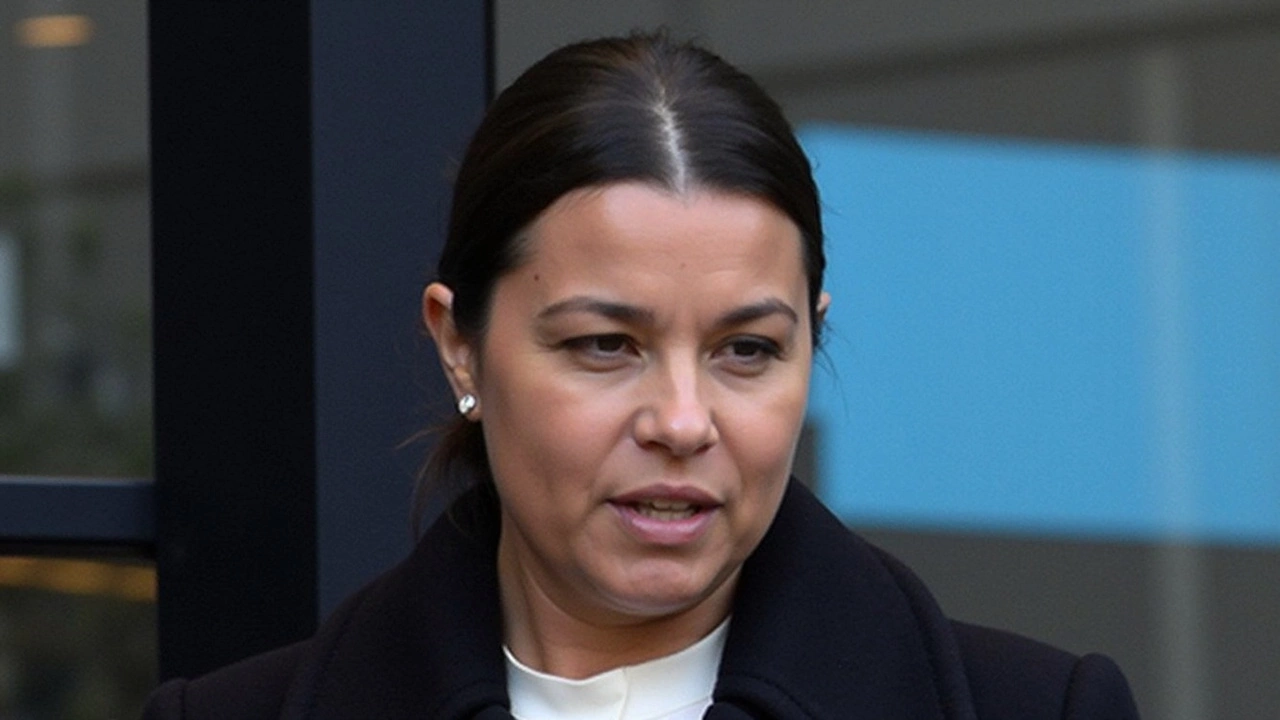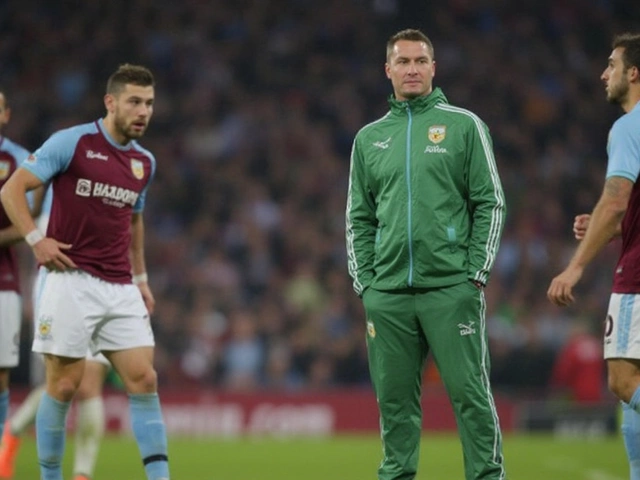Racial Harassment: Understanding, Preventing, and Acting
Racial harassment shows up in many places – at work, in school, on social media, even on the street. It’s any unwanted behavior that targets a person because of their race or ethnicity. When it happens, it can make the victim feel unsafe, isolated, and demotivated. Knowing the basics helps you spot it early and take the right steps to stop it.
Key Signs of Racial Harassment
The first clue is language. Slurs, jokes, or hateful comments aimed at a particular race are a clear red flag. Even "harmless" comments like "You’re good at math for a ___" count if they single out a race. The second clue is visual or physical actions: displaying symbols that are widely recognized as racist, sending unwanted pictures, or making threatening gestures. Third, consider the pattern. One‑off remarks are concerning, but repeated behavior shows a deeper problem. Harassment can also hide in “micro‑aggressions” – subtle, everyday slights that add up, like constantly mispronouncing a name or assuming someone’s role based on their skin colour. Finally, look at the environment. If a team or class seems to tolerate racist jokes or dismiss complaints, that culture fuels harassment.
Taking Action: Reporting and Support
When you or someone you know experiences racial harassment, the first step is to document it. Write down dates, times, what was said or done, and any witnesses. This record makes it easier to report the incident and shows a clear pattern if it continues. Next, follow the reporting procedures in the setting – talk to a manager, HR, a teacher, or a school counselor. If the organization has a formal policy, use it. If you feel unsafe or the response is weak, you can reach out to external bodies like local equal‑opportunity commissions or human‑rights organizations.
Support matters, too. Talk to friends, family, or a mental‑health professional who understands the impact of racism. Many communities have anti‑racism groups that can offer advice and solidarity. Online, there are hotlines and chat services that let you report hate speech or get legal information. Remember, reporting isn’t just about punishing the offender; it’s about protecting everyone from repeat incidents and changing the culture.
Preventing racial harassment starts with education. Offer clear training on what counts as harassment, why it hurts, and how to intervene when you see it. Encourage an inclusive environment where people feel comfortable sharing their experiences. Simple actions like celebrating cultural holidays, using correct names and pronouns, and speaking up against jokes can shift the vibe from “just jokes” to genuine respect.
Racial harassment isn’t a distant issue – it can happen to anyone, anywhere. By knowing the signs, documenting incidents, and using the right channels to report, you can protect yourself and others. Keep the conversation going, stay alert, and help build a space where race never becomes a reason for abuse.
Kieran Lockhart, Feb, 4 2025
Chelsea Star Sam Kerr Faces Trial Over Alleged Racially Charged Remarks: A Deep Dive
Chelsea's renowned striker, Sam Kerr, finds herself in hot water over an alleged racially charged insult directed at a Met Police officer. The incident unfolded in January 2023 in London, as tensions erupted at the Twickenham Police Station following a spat with a taxi driver involving her and partner Kristie Mewis. As the trial kicks off, Kerr maintains her innocence, citing systemic critique amidst her football hiatus due to injury.
View More




